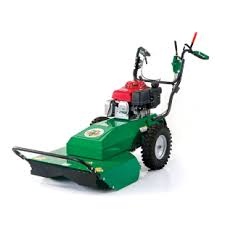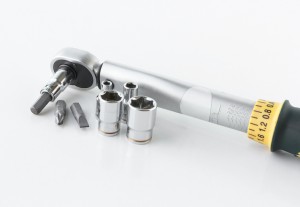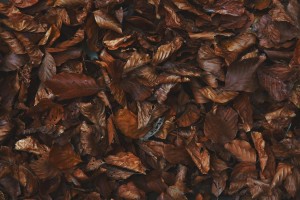 Winter temperatures put plants into hibernation, which makes this the perfect time to use your Billy Goat brushcutter to tackle major land clearing projects. With the foliage gone, thick growth is easy to cut through, and there’s less chance of plant and soil damage. However, the cold also brings its own issues. These tips will help you make winter land clearing easier while managing problems associated with winter weather.
Winter temperatures put plants into hibernation, which makes this the perfect time to use your Billy Goat brushcutter to tackle major land clearing projects. With the foliage gone, thick growth is easy to cut through, and there’s less chance of plant and soil damage. However, the cold also brings its own issues. These tips will help you make winter land clearing easier while managing problems associated with winter weather.
Why Should I Cut Brush in Winter?
Growth conditions are perfect for cutting. Annual plants have died off, while perennials are in hibernation. This makes it harder to damage the plants you want to keep. You also don’t have to deal with foliage as you slice through branches, and you won’t spread the seeds of undesirable plants.
There’s less precipitation in winter, which means areas that are usually muddy will be solid. This also reduces runoff, so there’s less soil disturbance. Taking care of land clearing now will make it easier to do finish mowing and planting next spring.
Like any project, there are bound to be some surprises that will interfere with your schedule. Doing brush clearing and landscaping projects gives you some extra time to work out issues before the spring rush. Since the plants aren’t growing, you have time to remove obstacles uncovered by brushcutting, including rocks and tree stumps. The landscaping industry in its off-season now, making it easier to schedule work you can’t do yourself, like tree removal.
Ideally, brush should be turned into compost or mulch to return nutrients to the soil. However, if you must burn, winter is usually the lowest risk time to do it. Cold temperatures and a lack of foliage makes plants harder to ignite.
Preparing Your Outback Brushcutter for Winter Use
Fresh fuel is more important now than ever, as fuel formulations change to ignite easily in cold weather. Try to use new fuel as frequently as possible in your machine to make starting easier.
Using the correct oil reduces engine wear and makes your Outback brushcutter easier to start. Honda recommends using 5W-30 or 10W-30 in the GX series when temperatures dip below 50°F.
Always check your brushcutter’s tire pressure before use. Fluctuating winter temperatures can cause tire pressure to drop, making the machine harder to move. Low air pressure can also cause the tire to roll off of the rim.
It may take two or three minutes to warm up the engine in colder temperatures. Open the choke slowly, pausing to let the idle smooth out. Don’t use your brushcutter until the engine will idle with the choke open.
Planning and Preparing For Your Brush Clearing Project
Undergrowth can hide all kinds of dangerous trash and obstacles including hidden rocks, bottles, chain and fence wire. Inspect the area and remove obstacles that may damage your machine or turn into projectiles.
You won’t be able to use your Outback on snowy ground, and you might not want to use it immediately after, either. Runoff can make the ground muddy, making it easy to slip while you’re cutting.
Working outside increases your exposure to the elements. Choose tight-fitting clothing that adds insulation and completely covers your skin. Add or subtract layers to keep yourself warm without sweating. Sweat will limit the effectiveness of insulating layers and can turn cold, making it hard for your body to maintain its temperature. As always, you should wear non-slip boots, eye protection and ear protection when using your brushcuttter.
Limit land clearing to daylight hours. The less you can see, the more likely it is that you’ll hit an obstacle, damaging your machine and possibly hurting yourself.
Get Everything You Need for Your Billy Goat Straight from Your Browser
While most lawn care shops shut down for the winter, www.billygoatparts.com is always open. We’re a certified dealer, offering OEM parts and accessories for everything from the brand, new or old. Check out our parts sections to get common replacement parts, or use our search engine to see everything we offer for your model. We can ship your order to any address in the U.S. or Canada.






